Exploring Queue Barrier Systems
Queue barrier systems are integral components in managing the flow of people in various settings. These systems serve as the backbone for orderly lines and crowd control, ensuring safety and efficiency in spaces where people gather.
Types and Applications
Queue control barriers come in various forms, including retractable models, stanchions, and interlocking steel barriers. Each type is tailored for specific environments, from retail stores with retractable queue barrier systems to outdoor events using robust crowd queue control barriers. Their applications are diverse, aiding in queue management at concerts, airports, banks, and public gatherings.
Features and Materials
The durability of a queue barrier system is paramount, hence the use of resilient materials like stainless steel to prevent corrosion and rust. Reflective sheets on barriers enhance visibility, crucial for nighttime use. The choice of material and construction ensures longevity, even when exposed to harsh weather conditions.
Design and Stability
A well-designed queue management barrier combines functionality with aesthetics. The simplicity of design caters to a wide range of uses, while the stability is reinforced through a sturdy base, preventing the system from toppling over upon impact. The thoughtful design extends to the ease of assembly, with secure connections simplifying the installation process.
Advantages of Queue Solutions Stanchions
Queue solutions stanchions offer the advantage of flexibility and portability. They are easily adjustable to fit various spatial configurations and can be quickly relocated to address changing needs. The materials used are selected to maintain their appearance over time, resisting fading and wear.
Customization and Versatility
The versatility of queue barriers allows them to be customized in color and size to meet specific requirements. This adaptability makes them suitable for a wide range of environments, from indoor facilities to outdoor settings, ensuring they meet the diverse needs of crowd control and space management.







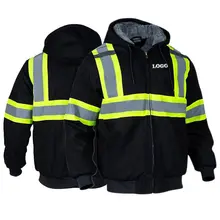
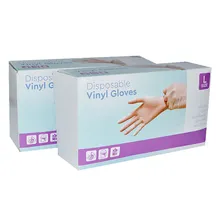



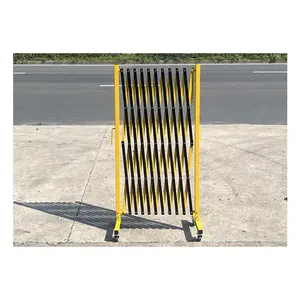



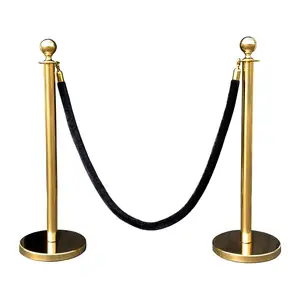

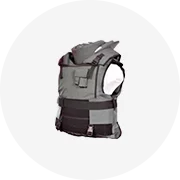

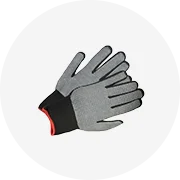
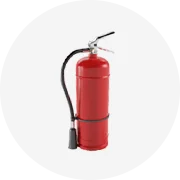
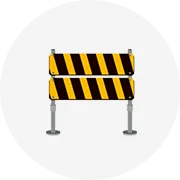








 浙公网安备 33010002000092号
浙公网安备 33010002000092号 浙B2-20120091-4
浙B2-20120091-4